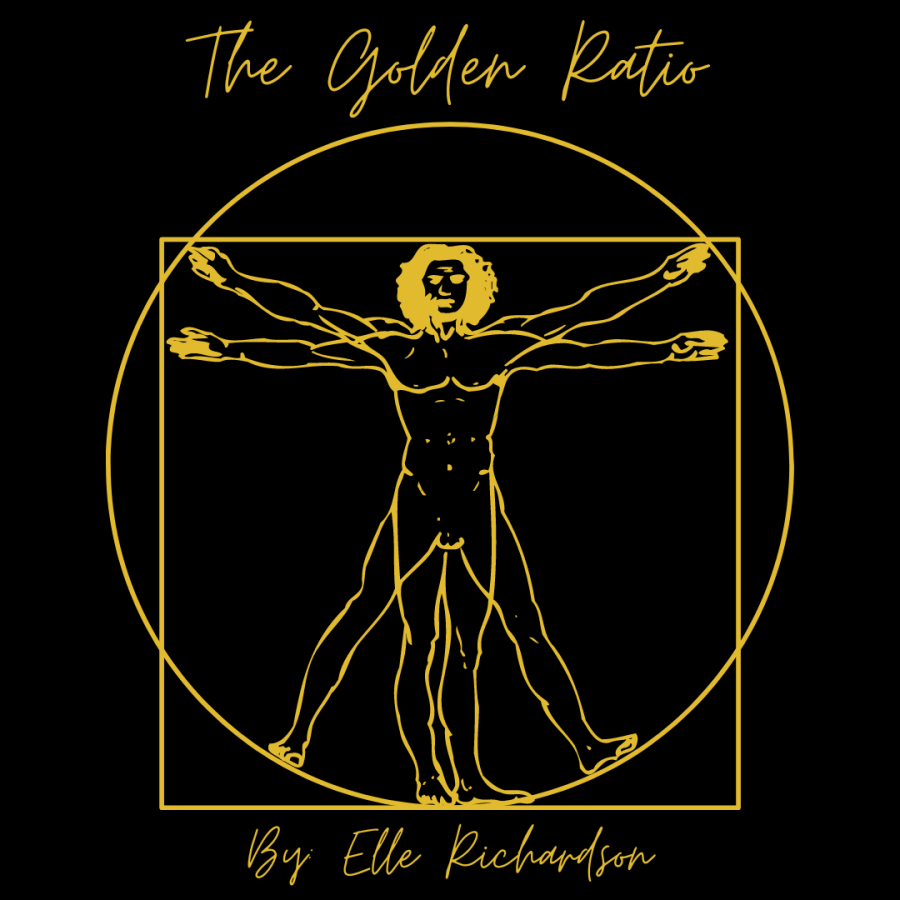The Golden Ratio
Math, Art, and the Spiral that Links Them
November 4, 2022

Many people have viewed math and art as two conflicting entities, polar opposites in their energies and activities. Yet contrary to popular belief, math and art are based on the same founding principle: an algorithm called the golden ratio. This is a ratio that is found in every natural pattern or design. As the human brain is programmed to find nature visually appealing, it finds anything based on the golden ratio visually appealing as well.
The first identification of the golden ratio was made by Leonardo Da Vinci in his illustrations “De Divina Proportione”, or “On the Divine Proportion”. This is a manuscript about how a mathematical proportion, which would become known as the golden ratio, can be applied as a sort of cheat code to beautiful art and architecture. This manuscript included numerous illustrations demonstrating this, with the most famous being the Vitruvian Man, drawn in 1490.
The golden ratio has been equated to approximately 1.618 in value. This is found when any line is split in two in a manner that the entire line divided by the long part is equal to the long part divided by the short part. This develops a sort of spiral pattern, which frequently appears in natural elements such as flowers and pine cones. Everything from the smallest shells to our galaxy are based on this ratio.

After its mathematical discovery, architects and artists of both the past and of today have worked to include this ratio in their work. This allows for pieces that appear balanced despite not being symmetrical. Some of the most famous art pieces that use this are The Last Supper, The Mona Lisa, and most prominently in Composition with Red, Yellow, and Blue.
Painted by Piet Mondrian in 1930, Composition with Red, Yellow, and Blue is the most mathematically perfect painting in the world. This is due to its meticulous adherence to the golden ratio. Between the thickness of the lines, size of the squares, and distribution of colors, everything is evenly distributed upon this ratio. It abstractly breaks down human perception of beauty to its simplest.
Some of the most complex interpretations of the golden ratio in architecture are found in ancient Greek and Roman temples. This was before the ratio was mathematically identified, further proving how the human brain is predetermined to favor this ratio. It has also been found on murals in Persia, the pyramids of the Egyptians, and the Taj Mahal in India.

The golden ratio links all parts of our world. Historians are finding traces of it in prehistoric art pieces, biologists are finding it in all natural features, astronomers are proving how the universe is built around it, mathematicians use it to predict the growth of our world, and artists use it as a guideline for their masterpieces. The sheer power and influence of this ratio has allowed for numerous discoveries and creations everywhere. It is the spiral that our world is built upon.





